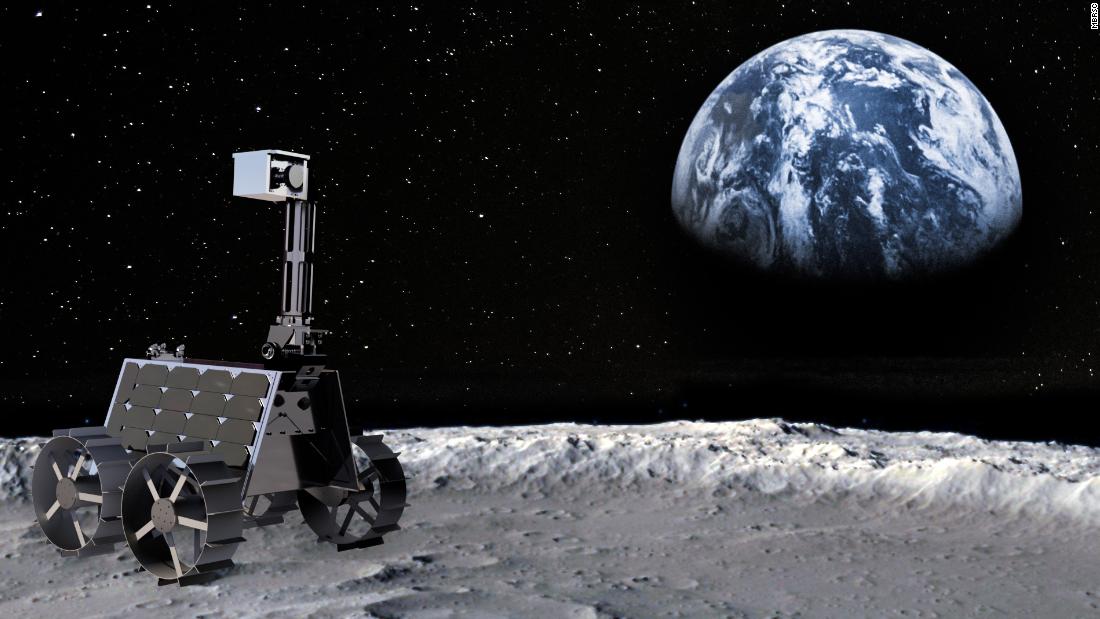
The UAE has announced a lunar mission that will use an unusually small rover, with only four wheels and a weight of 10 kilograms.
The rover, being built in Dubai, is much smaller than the last rover successfully deployed on the moon; The Chinese Yutu-2 has six wheels and weighs 140 kilograms.
In comparison, Curiosity, NASA’s only currently active Mars rover, is even bigger – weighing 899 kilograms (1,982 pounds), the size of a small SUV.
The UAE is trying to join an elite club of just three countries – the US, Russia and China – to successfully land a spacecraft on the lunar surface. In 2019, India’s Chandrayaan-2 mission crashed into the moon. Here you can see his rover moving up a ramp in the main vehicle before launching.
The Chinese Yutu-2 is the only active lunar rover, but NASA wants to add one of its own. The Volatiles Investigating Polar Exploration Rover, or VIPER, is a mobile robot that will roam around the south pole of the moon in search of water ice.
About the size of a golf cart, VIPER is being tested in NASA’s Simulated Lunar Operations Lab in Ohio.
Star trackers helped put the Hope probe into orbit.
The Hope probe was launched from the Tanegashima Space Center in southwestern Japan. The UAE has not yet announced any partners for the rocket or launch pad for its unmanned lunar mission in 2024.
AlMansoori (L), shown here with mission-back astronaut Sultan AlNeyadi, also had to master the incredibly complex systems in the Soyuz capsule. Both astronauts had to learn Russian in order to work with it.
Architects Bjarke Ingels Group (BIG) designed a prototype of a city where humans can live on Mars, then adapted the design for the Emirati desert.
The design is made of biodomes, each covered with a transparent polyethylene membrane.
The design features water-filled skylights, which on Mars would protect residents from radiation while letting light into the rooms.
BIG’s design for the Earth-bound Science City sets aside areas for research into life on Mars, including growing food on the red planet.